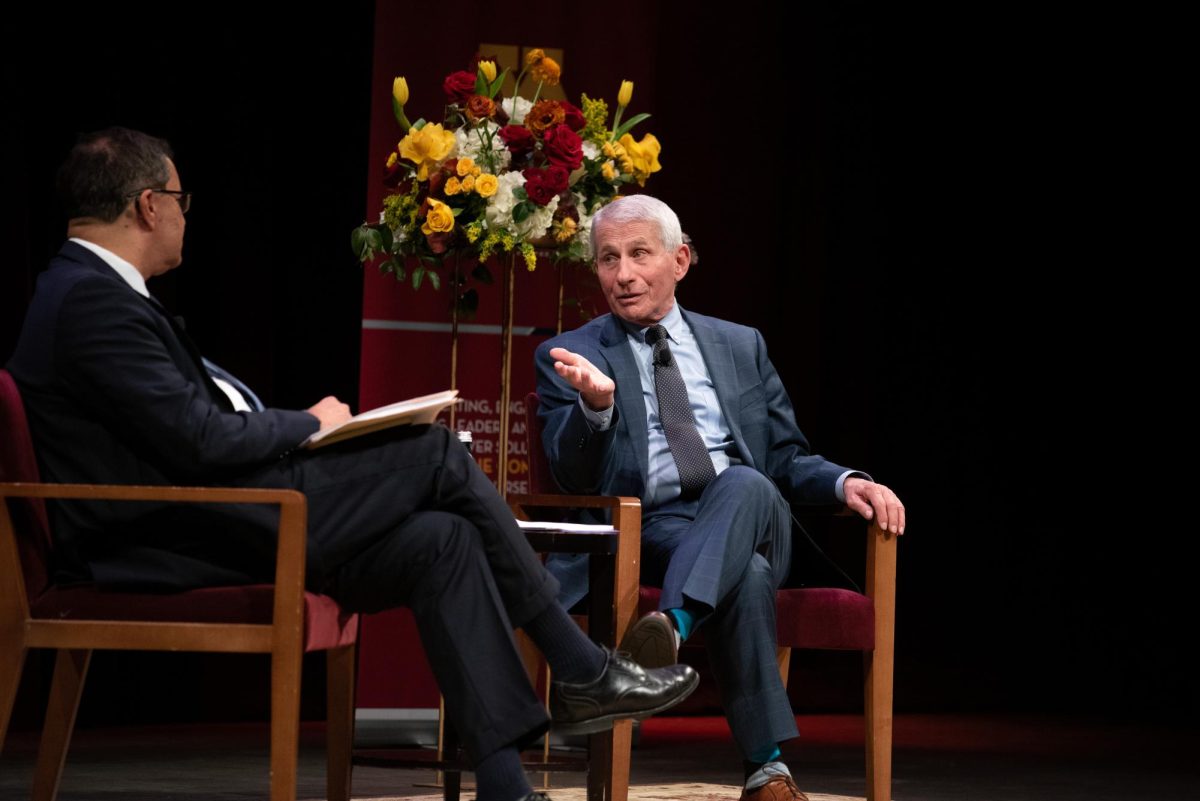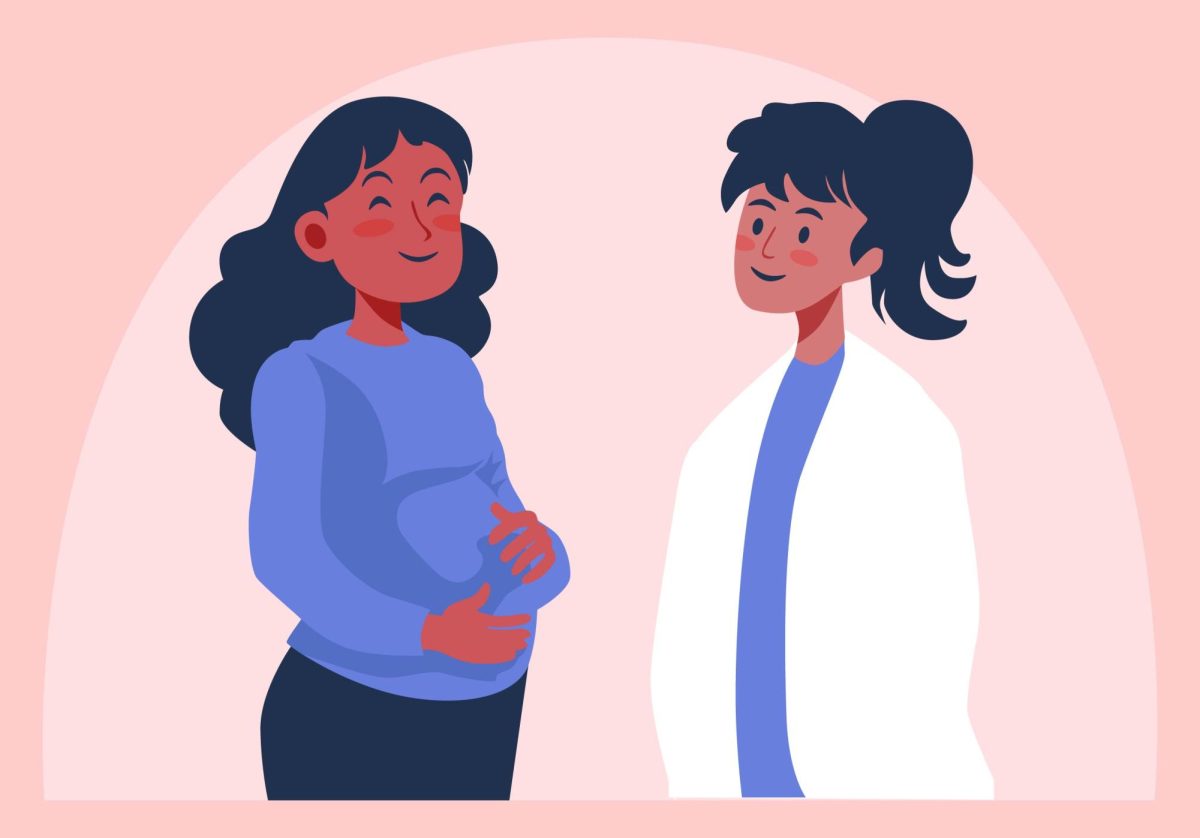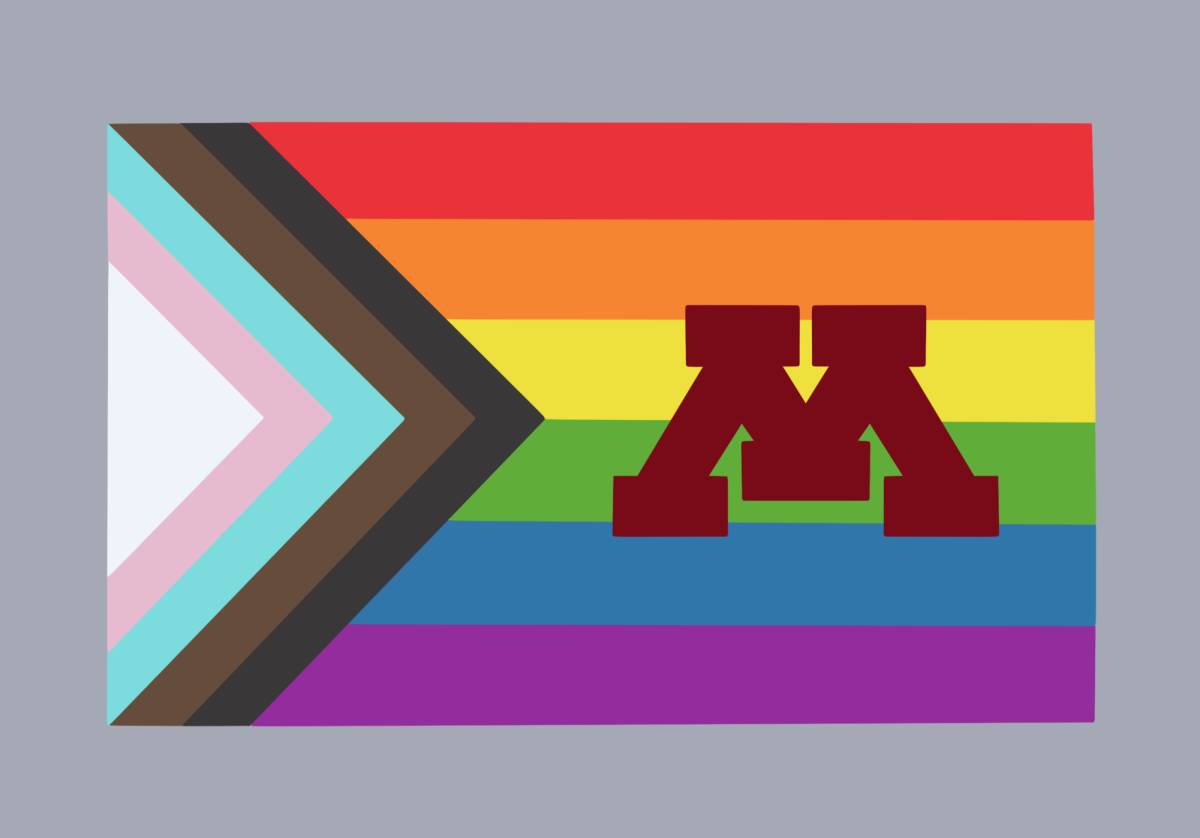The University of Minnesota’s Parking and Transportation Services (PTS) provides semester-long parking contracts for students and staff to purchase online.
Students are able to purchase parking contracts in lots, ramps and garages across all three campuses at the beginning of the semester, which are charged to a student’s University account.
In the fall 2023 semester, PTS sold 4,772 student parking contracts, which is up from 4,239 student contacts in fall 2022 and 3,913 contracts in spring 2023, according to Lonetta Hanson, assistant director and chief of staff at PTS.
“We do have a set number of parking contracts that we sell,” Hanson said. “It best serves the community that if they want to come park here, they know where they’re going to park ahead of time.”
George Manyange, a fourth-year journalism student, commutes to campus from Brooklyn Park daily and has a parking contract on the St. Paul campus. Manyange said he has classes on the Minneapolis campus, so he takes the Campus Connector bus daily, which causes a delay in getting to class.
“I’d prefer to drive to Minneapolis, but the problem is, I didn’t find any spot in Minneapolis,” Manyange said. “The only spot I found was in West Bank, which is where most of the employees park their cars. There’s no bus, so you either have to take a scooter or bike to get to East Bank.”
Manyange said he originally purchased a parking contract on West Bank but canceled it after having to walk 20 minutes from his contracted lot to Blegen Hall to catch the bus, which made him late to class.
“I think this semester they sold more contracts compared to last semester, so there’s no ramp in Minneapolis,” Manyange said. “Either you park on the street or park on the ramp, and they charge you $3 an hour, so that’s $17 for the entire day.”
Hanson said PTS does oversell parking, but they implemented a strategy to ensure contract holders are able to have a place to park, including the possibility of selling public parking.
“If we have a facility that has 1,000 spaces, we might sell 900 contracts, because we know that on every given day some of those contract holders aren’t actually going to come here and park,” Hanson said.
Parking issues occurred in the beginning of the semester due to construction and equipment software issues, which caused some parking facilities to have no available spaces. These issues have been resolved, according to Hanson.
“Anyone that has a contract will get a space on campus to park and we do our best to make sure it’s their home location where their contract is,” Hanson said. “But if there’s ever an error or problem, we’ll give you an alternative location and don’t have to double pay.”
Half-closures occur at some parking lots toward the end of the week, where half of a parking lot is closed for use. This causes some students to move their cars to different locations during the day.
Josh Rowan, a fourth-year marketing and international relations student, said the half-closures are inconvenient and he does not know why these closures happen.
“I didn’t have to find a new parking spot because most people have already left, so there’s still some parking spots open in the area, but it was a little annoying,” Rowan said.
Rowan has a parking contract at the University’s Victory Lot located near Huntington Bank Stadium and has classes at the Carlson School of Management. He said he signed up for a contract late, so he was not able to get a contract on a ramp near Carlson.
“It can be a little frustrating, especially if I’m running late in the morning,” Rowan said. “I’ll see the bus coming and I’m like, ‘Oh, there’s no way I’m going to park in time for the bus, so I’ll have to wait for the next one.”
If Rowan has to move his car, he returns to the Victory Lot after classes to move his car to the Washington Avenue ramp located near the University Recreation and Wellness Center.
“If I have to move from the Victory Lot, I try to do it after 3 p.m., because that changes the price from $3 an hour to $1 an hour,” Rowan said. “If I’m feeling a bit tired or don’t want to walk all the way there, I might move my car to the parking lot or ramp in the central area of campus or even at Carlson.”
Hanson said PTS works with current supply and demand for parking contracts to ensure a proper balance between contract parking and public parking by adjusting the amount of spaces available, which changes daily.
“There may still be an increase of people seeing the parking [spot] go into the reserve status, but contract holders can still go in when that message is showing,” Hanson said. “It just means that the public who doesn’t have a reservation or contract can’t get into the facility.”



















